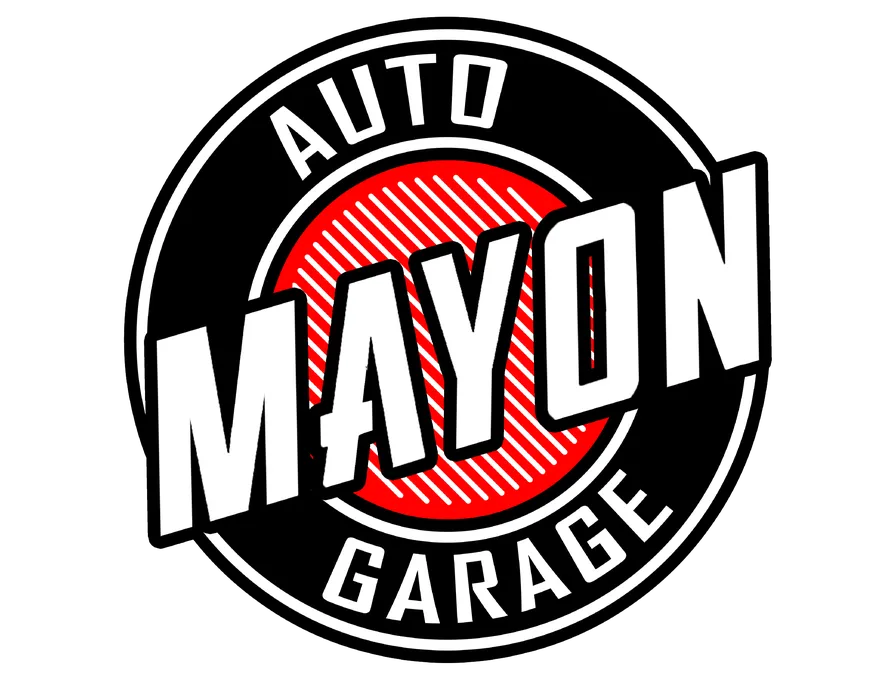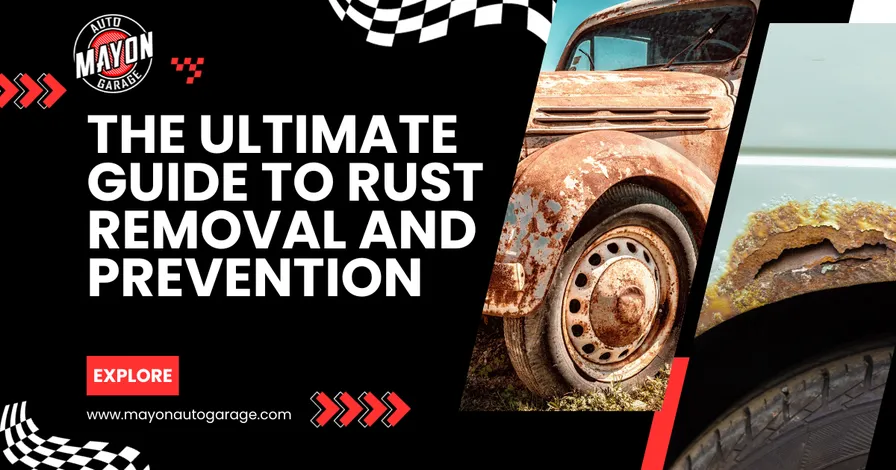Rust is a dreaded menace for car owners. The sight of that unexpected brown stain can send shivers down your spine. However, rust doesn't have to be the end of your beloved vehicle. In this comprehensive guide, we'll explore the types of rust, effective rust removal methods, and essential rust prevention techniques. By the end of this article, you'll have the knowledge to keep your car rust-free and ensure its longevity on the road. To effectively combat rust, it's crucial to understand the different types: Surface rust is oxidation on the outer layers of exposed metal. It doesn't penetrate deep but creates an entry point for moisture and oxygen, leading to further corrosion. Quick action is vital to prevent it from spreading. Scale rust is often found beneath painted surfaces. It's typically caused by moisture and oxygen infiltrating through scratches or chips in the paint. Timely intervention is necessary to halt its progress. Penetrating rust occurs when corrosion becomes extensive, turning steel into brittle iron oxide. Preventing rust at an early stage is crucial to avoid reaching this level of damage. Before you begin, gather the following tools and supplies for effective rust removal: Prepare your workspace by ensuring it's safe and well-ventilated: Follow these steps to remove surface and scale rust effectively: While this method may not result in a perfect finish, it will prevent rust from spreading and protect your car from further damage. For more extensive rust damage that requires bodywork and repainting, consult a professional. Preventing rust is more effective and cost-efficient than dealing with it afterward. Follow these measures to ensure your vehicle remains rust-free: Wash your car frequently to remove corrosive materials such as road salts, dirt, and bird droppings that accelerate the rusting process. In areas where road salts are common, use a quick coat ceramic coating after washing and drying your vehicle to provide an additional protective barrier. Regularly check and clear your car's drain plugs, located along the bottom of doors and the edges of the trunk and hood, to prevent water accumulation and minimize the risk of rust. Regular waxing provides an extra layer of protection. Wax your car at least once a month to repel water and prevent particle damage that leads to rust. Regularly inspect your car's fenders, underside, and exterior for signs of rust, especially surface rust. Timely action can prevent minor issues from becoming severe. Utilize wax and ceramic coating to form a protective barrier, keeping your vehicle rust-free for extended periods. Rust doesn't have to be a nightmare for car owners. By understanding the types of rust, adopting proper rust removal techniques, and implementing rust prevention measures, you can ensure your vehicle remains in excellent condition. Keep your car rust-free and enjoy many more years of safe and worry-free driving. 1. What is rust, and how does it affect cars? Rust is the result of the oxidation of iron in metals due to a combination of oxygen and moisture. It affects the appearance and structural integrity of cars. 2. Can I prevent rust with regular car washing? Yes, regular car washing removes corrosive materials and is a crucial part of rust prevention. 3. How can I combat rust caused by road salts? Use a quick coat ceramic coating to create an additional protective barrier, especially in areas where road salts are common. 4. What is the importance of clear drain plugs in rust prevention? Clear drain plugs help prevent water accumulation, minimizing the chance of rust formation. 5. How can I detect rust early on my car? Regular visual inspections of your car's exterior and underside can help detect rust at an early stage, allowing for timely intervention. Remember, maintaining a rust-free car not only preserves its appearance but also extends its lifespan and overall value. Get Access NowIntroduction
Types of Rust
1. Surface Rust
2. Scale Rust
3. Penetrating Rust
Tools and Supplies
Tools (optional):
Supplies:
Organizing Your Workspace
Removing Surface and Scale Rust
Rust Prevention and Precautions
1. Regular Car Washing:
2. Combat Road Salts:
3. Clear Drain Plugs:
4. Wax Your Vehicle:
5. Early Detection:
6. Wax and Ceramic Coating:
Conclusion
Frequently Asked Questions














